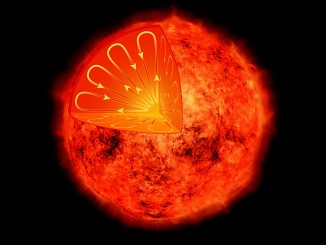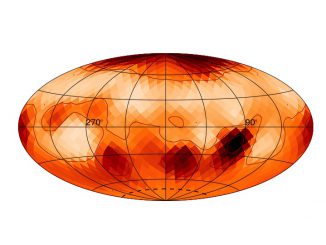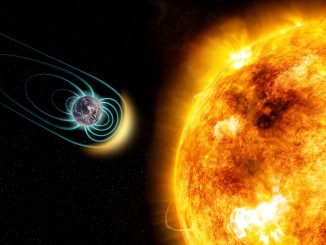
Proxima Centauri might be more Sun-like than we thought
Astronomers recently announced that the nearby star Proxima Centauri hosts an Earth-sized planet in its habitable zone. Proxima Centauri is a small, cool, red dwarf star only one-tenth as massive and one-thousandth as luminous as the Sun. However, new research shows that it is Sun-like in one surprising way: it has a regular cycle of starspots.






